
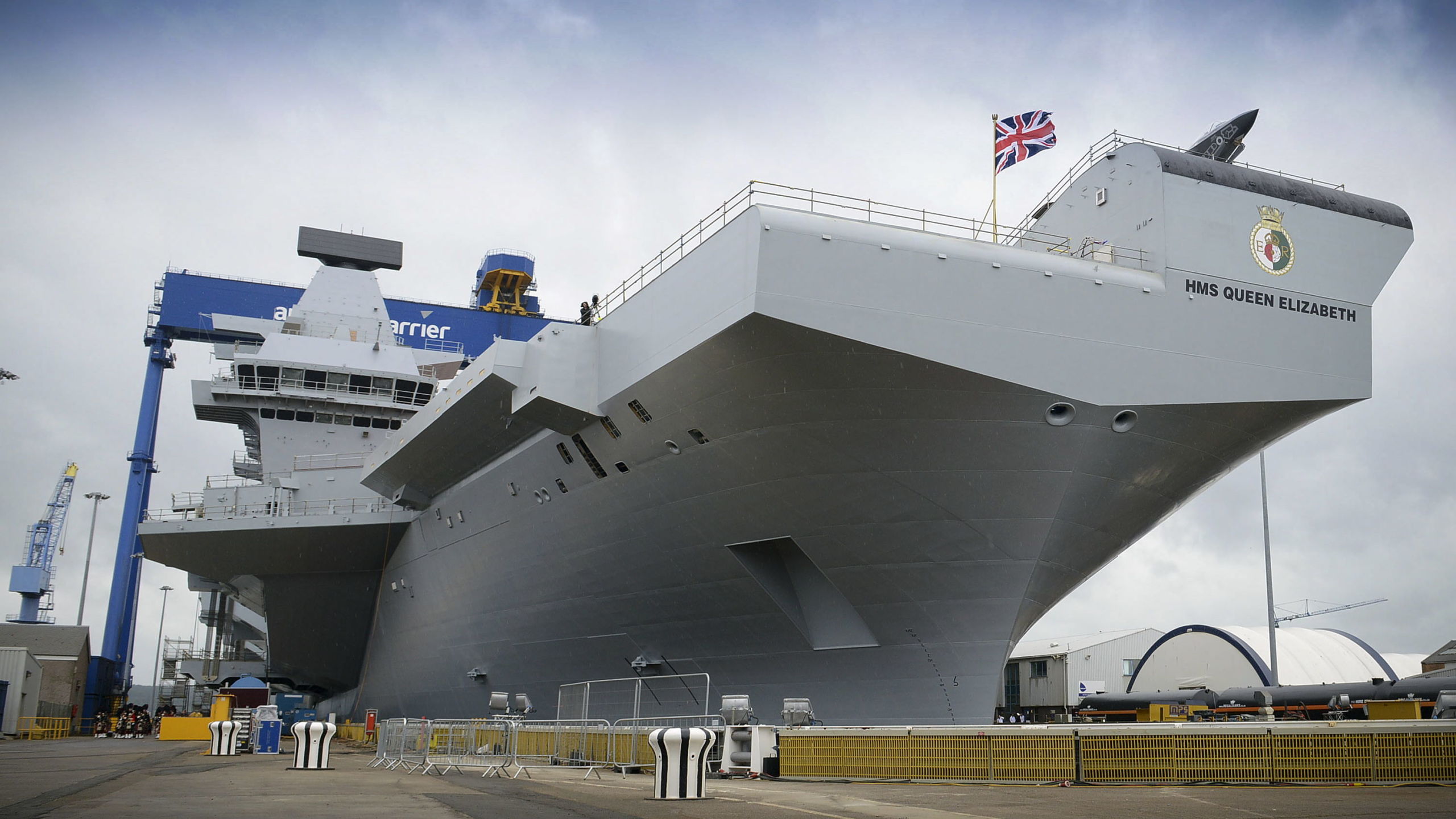
When it comes to modern naval warfare, aircraft carriers are among the most fearsome and strategic forces at their disposal. They perform the function of floating airbases, exerting power and influence over marine environments around the world. The following is a list of the top ten largest aircraft carriers in the world as of the year 2024, ordered according to their displacement, length, and total size.
List Of Top 10 Largest Aircraft Carriers In The World 2024
1. INS Vikramaditya
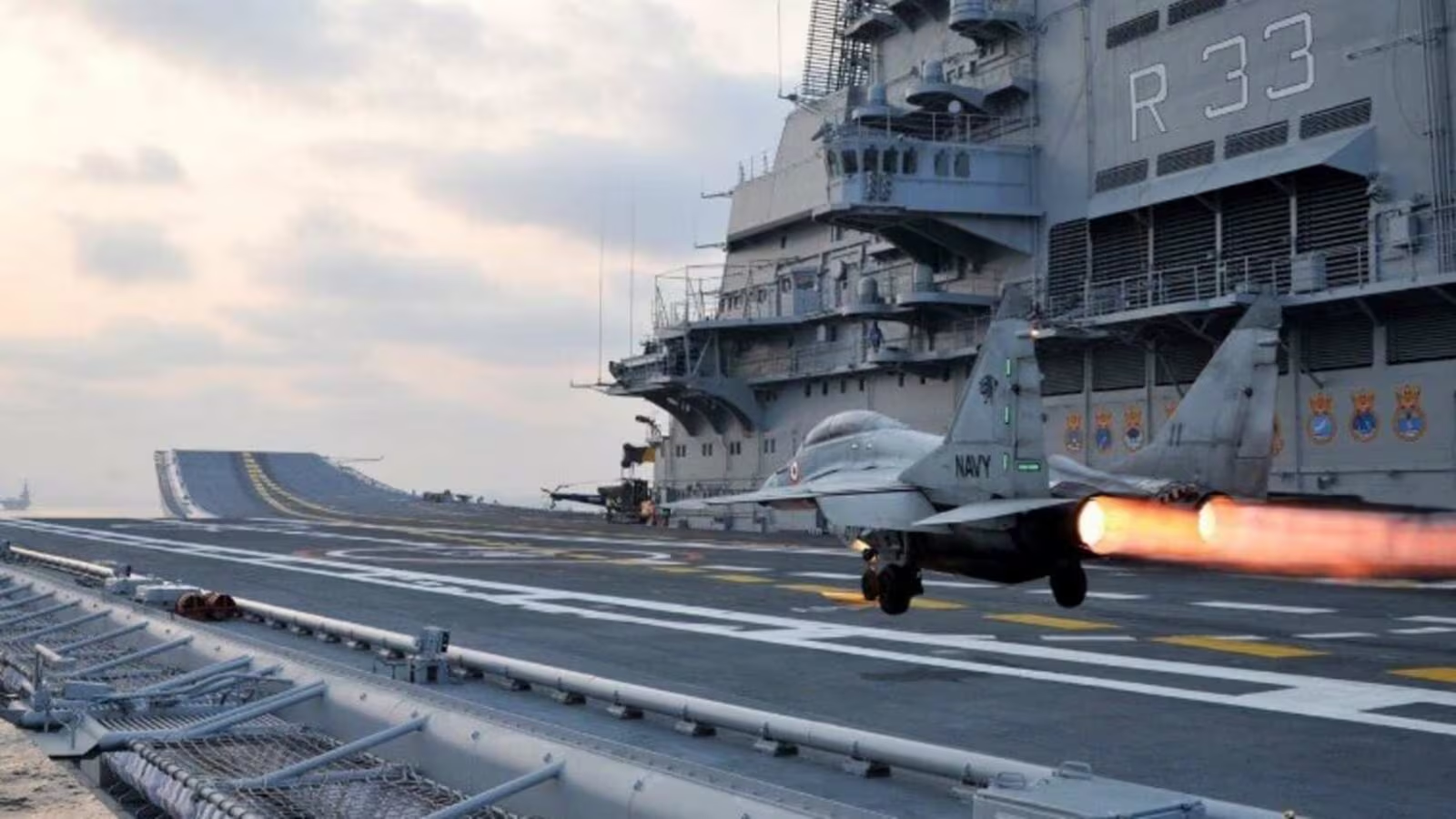
The INS Vikramaditya symbolizes India’s naval and strategic strength. It is the Indian Navy’s largest aircraft carrier and crucial to its maritime defense strategy and power projection. Here’s an in-depth look at this fearsome watercraft. INS Vikramaditya, originally commissioned as the Soviet Navy’s Baku in 1987, was later acquired by India. After its decommissioning in 1996, India purchased the vessel in 2004 and conducted a full rehabilitation and modernization project at the Sevmash shipyard in Russia. The ship was rechristened INS Vikramaditya and officially entered service with the Indian Navy in 2013. It is a modified Kiev-class aircraft carrier and the flagship of the Indian Navy.
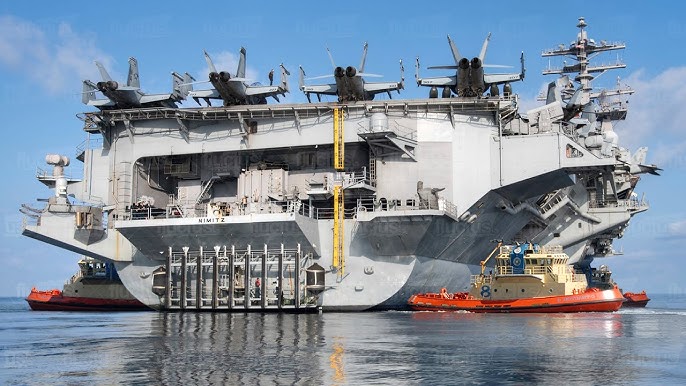
As the lead ship of the Nimitz-class, the USS Nimitz has set a high standard for power projection, naval aviation, and strategic influence. Here’s a full look at this famous ship. The USS Nimitz was commissioned on May 3, 1975, and is the first of the Nimitz-class carriers. The Nimitz-class is the largest class of warships ever built, and the ship was named after Fleet Admiral Chester W. Nimitz, a key figure in World War II. For decades, this carrier has been a cornerstone of U.S. naval power and a threat around the world.
3. Admiral Kuznetsov
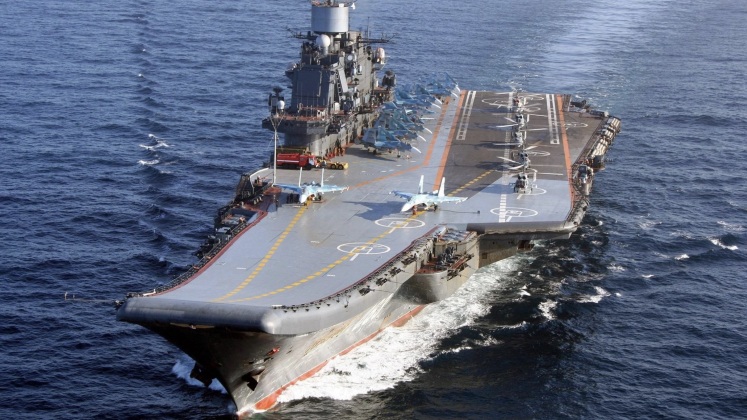
4. Charles de Gaulle
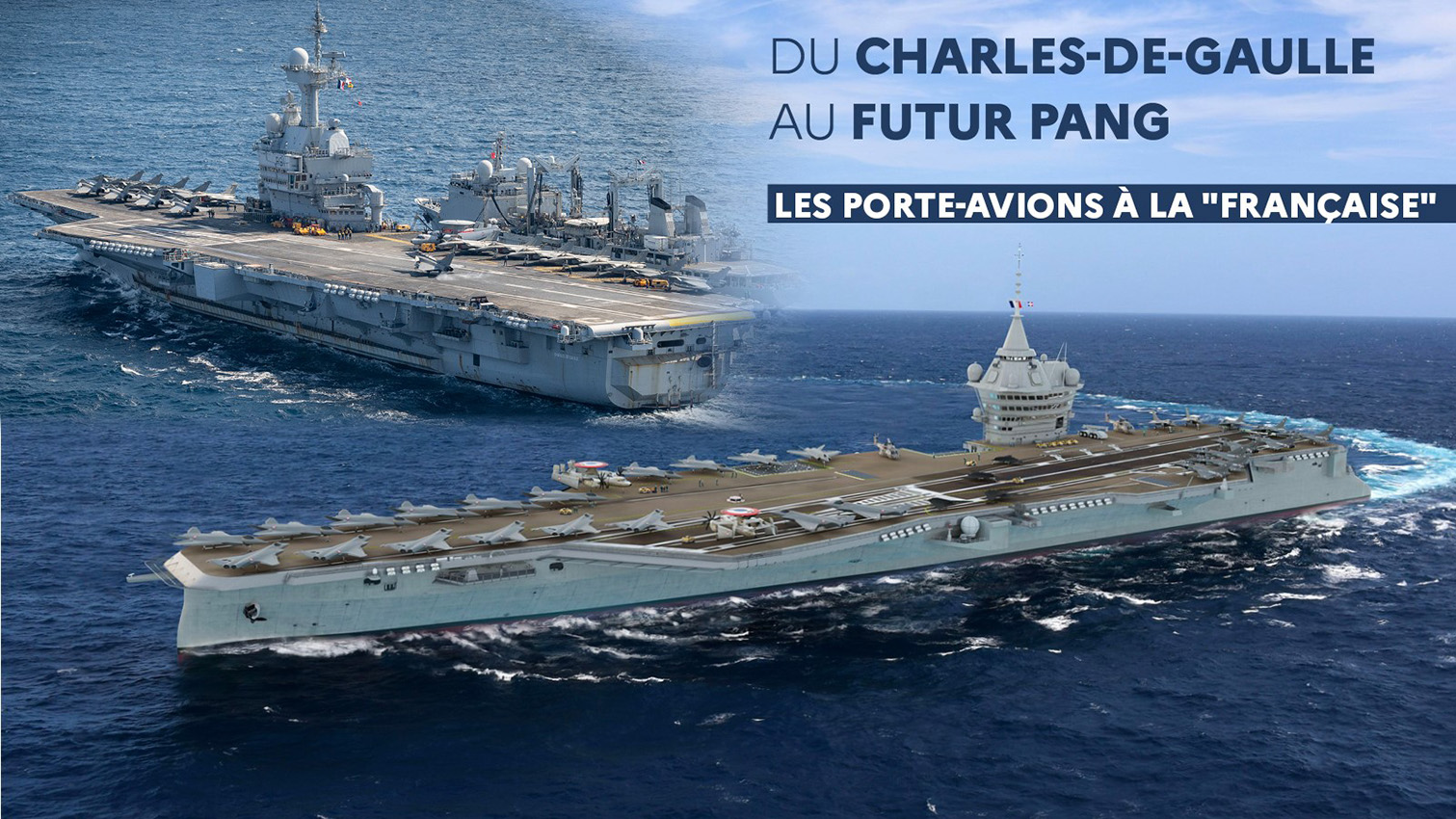
As the flagship of the French Navy, the Charles de Gaulle (R91) is the sole nuclear-powered aircraft carrier in France. It also serves as the newest member of the French Navy. This vessel, which was given her name after the legendary French statesman and military leader Charles de Gaulle, plays a pivotal role in France’s naval policy and the projection of its strength on a worldwide scale. In addition to being one of the most technologically advanced aircraft carriers in the world, it is a symbol of France’s dedication to preserving a significant military presence on the international stage.
5. Liaoning, China
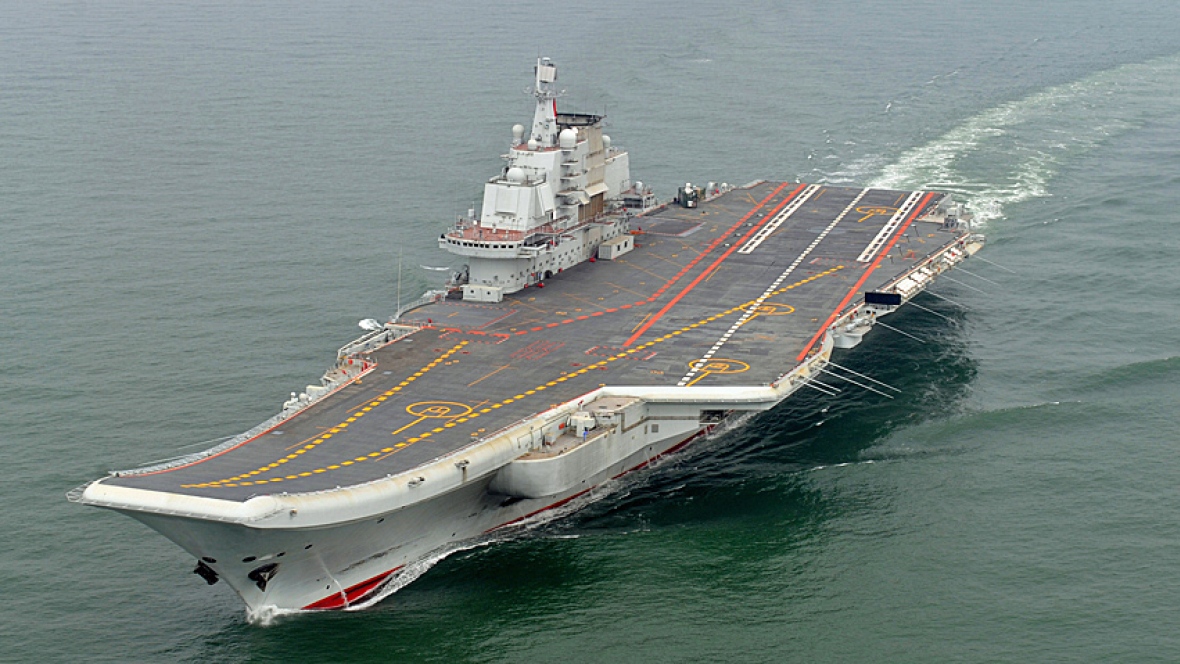
Not only is the Liaoning (CV-16) China’s first aircraft carrier, but it also represents a crucial milestone in the growth of the People’s Liberation Army Navy (PLAN). Having been a Soviet warship in the past, the Liaoning has undergone extensive modernization and refurbishment in order to become an essential component of China’s expanding naval forces. The carrier is a representation of China’s aspirations to become the preeminent maritime power in the Asia-Pacific region and beyond.
6. HMS Queen Elizabeth
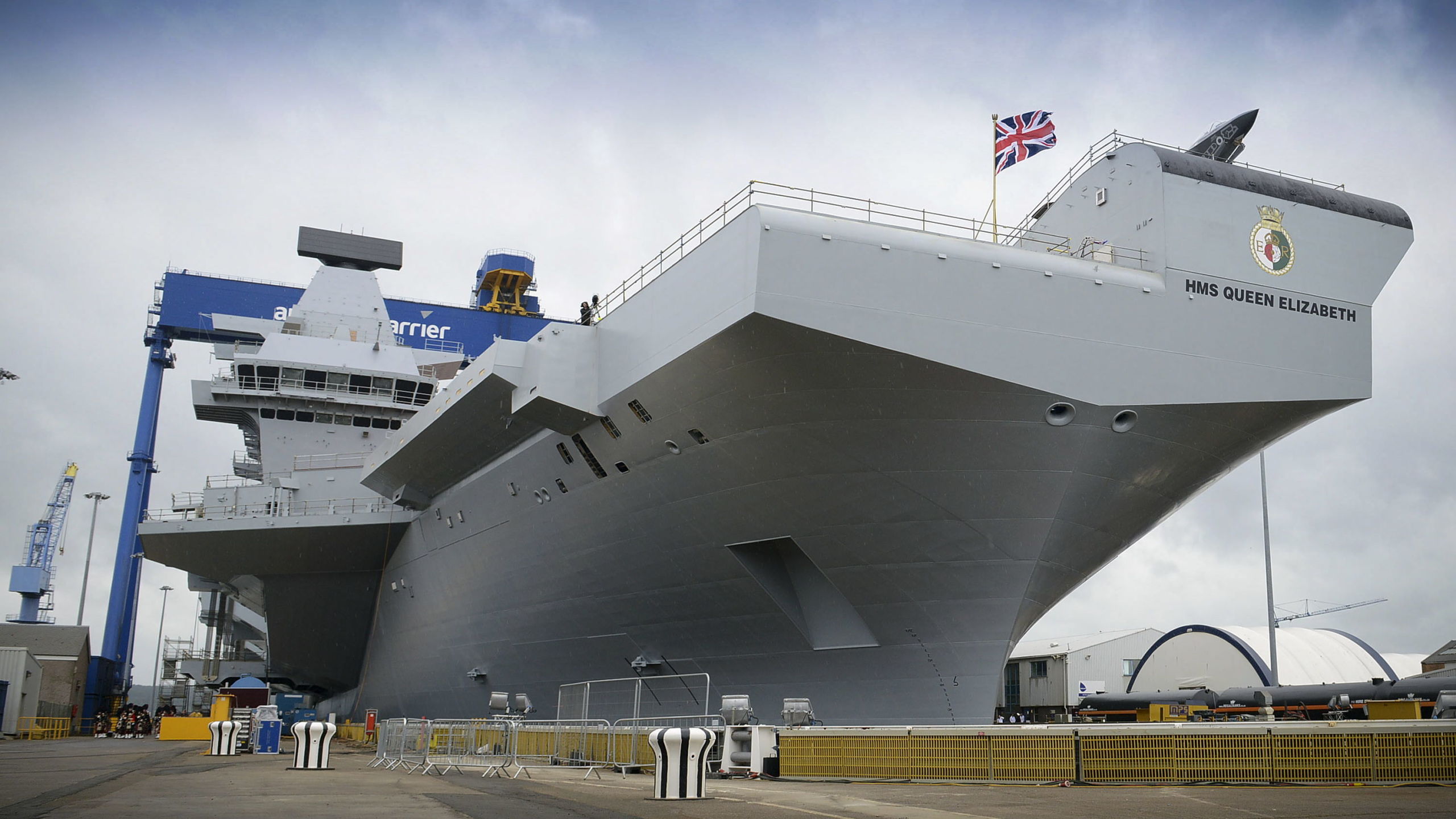
As the lead ship of the Queen Elizabeth class, the HMS Queen Elizabeth represents a new era of naval power projection for the United Kingdom. With its cutting-edge technology and capability to operate advanced aircraft, the HMS Queen Elizabeth plays an essential role in the Royal Navy’s global operations and strategic defense. The HMS Queen Elizabeth is the largest and most advanced warship that has ever been constructed for the United Kingdom’s Royal Navy.
7. INS Vikrant
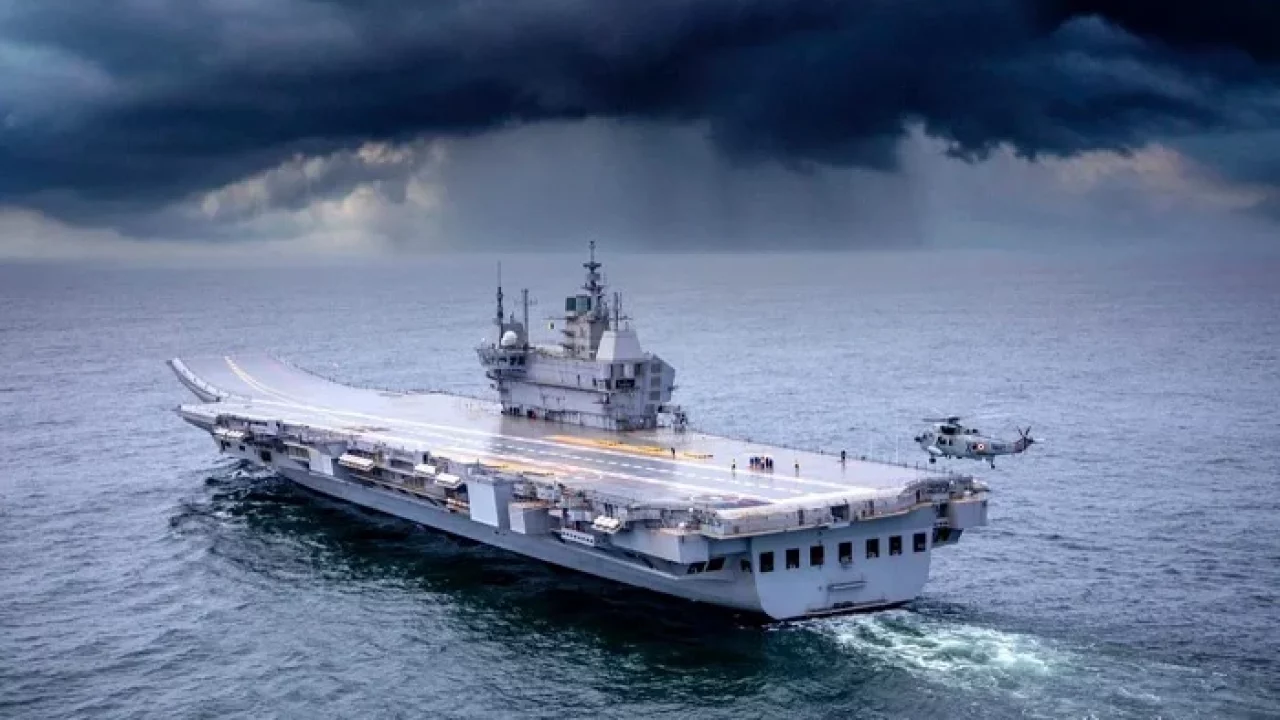
It is a notable milestone in India’s naval history and its developing maritime capabilities that the INS Vikrant (IAC-1) is India’s first aircraft carrier that was built by Indians themselves. The new INS Vikrant, which was named after the previous INS Vikrant, which was instrumental in the Indo-Pakistan War of 1971, exemplifies India’s efforts to become a blue-water navy that is capable of projecting power in the Indian Ocean and beyond. It also reflects India’s push toward self-reliance in defense.
8. Shandong, China

The Shandong (Type 002) Aeroplane Carrier is China’s second aircraft carrier and the first to be planned and constructed entirely within the country’s borders. Not only does it signify China’s growing aspiration to impose its dominance in the Indo-Pacific region, but it also symbolizes a substantial leap in China’s military capabilities. This carrier, which was given its name after the province of Shandong, is an important component of China’s growing navy as well as its extensive marine strategy for the long term.
9. Fujian, China
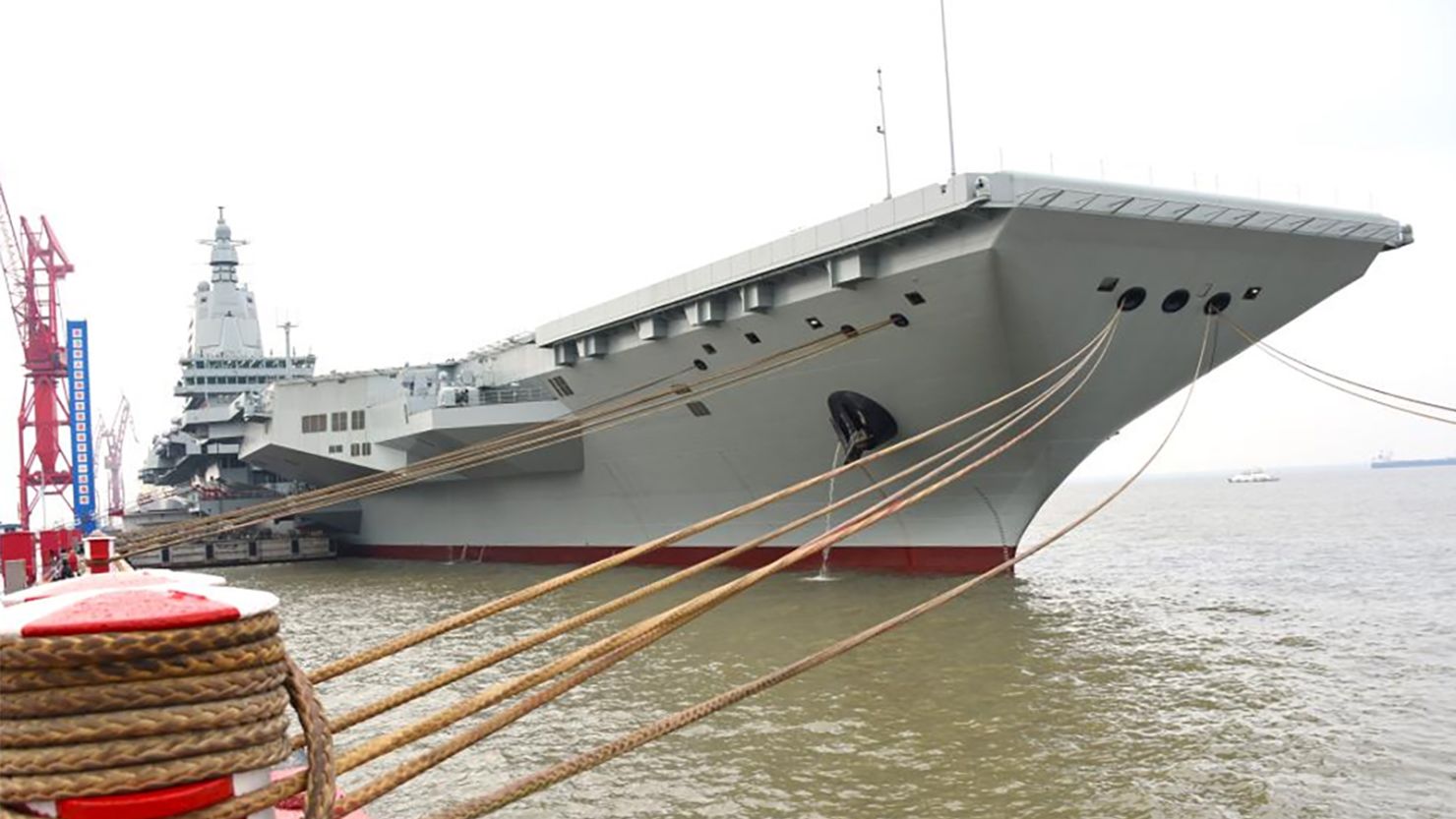
A huge breakthrough in naval technology and military capabilities for China is represented by the Fujian (Type 003) aircraft carrier, which is China’s third and most sophisticated aircraft carrier. This vessel is a monument to China’s aims to modernize its navy and position itself as a dominating maritime power in the Indo-Pacific region. It was named after the coastal province of Fujian, which is located on the other side of Taiwan. The Fujian is the first Chinese aircraft carrier to be equipped with cutting-edge technology, such as a catapult launch mechanism, which brings it closer to the capabilities of carriers used by the United States Navy.
10. Gerald R Ford Class, Us
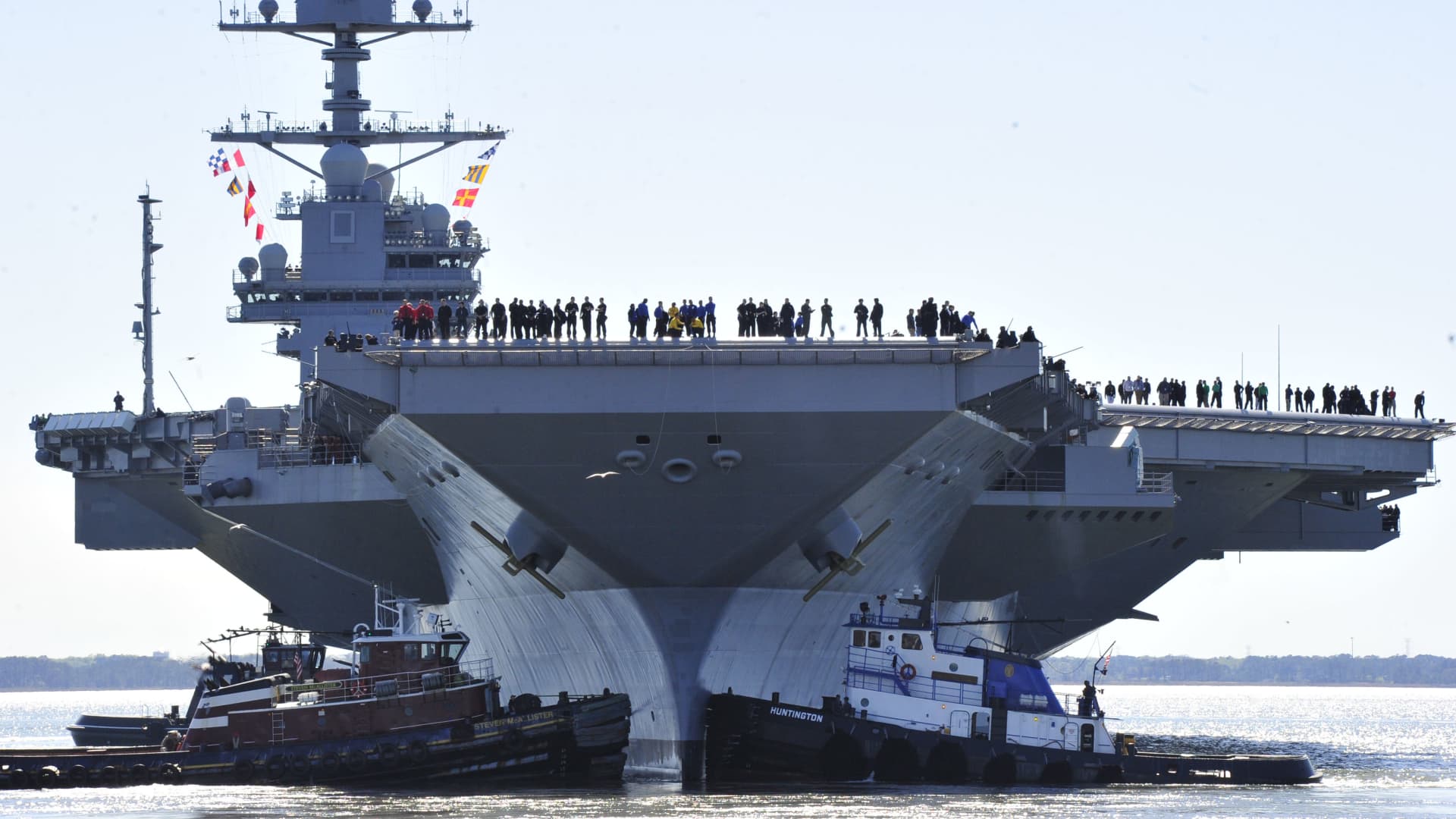
The Gerald R. Ford class of aircraft carriers is the most cutting-edge and technologically advanced class of aircraft carriers in the world. It will serve as the foundation of the United States Navy’s expanding fleet in the future. These carriers, which are planned to replace the Nimitz-class carriers, which are getting on in years, are named after Gerald R. Ford, who served as the 38th President of the United States. They offer advantages in terms of capability, efficiency, and operational longevity. There has been a significant advancement in naval aviation and carrier operations thanks to the United States Navy’s Gerald R. Ford (CVN-78), which is the lead ship of the class.